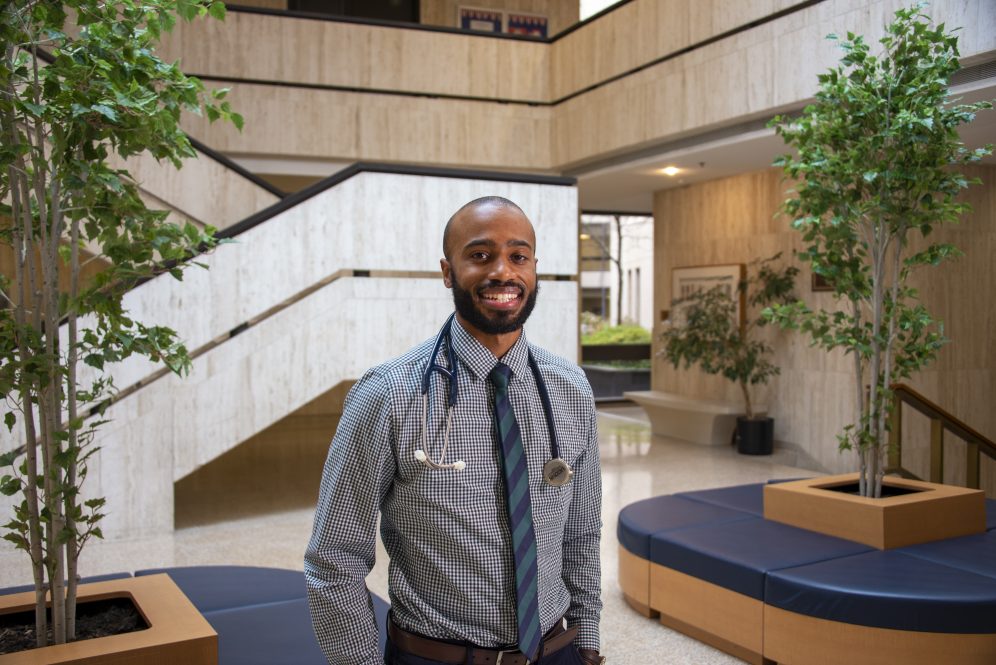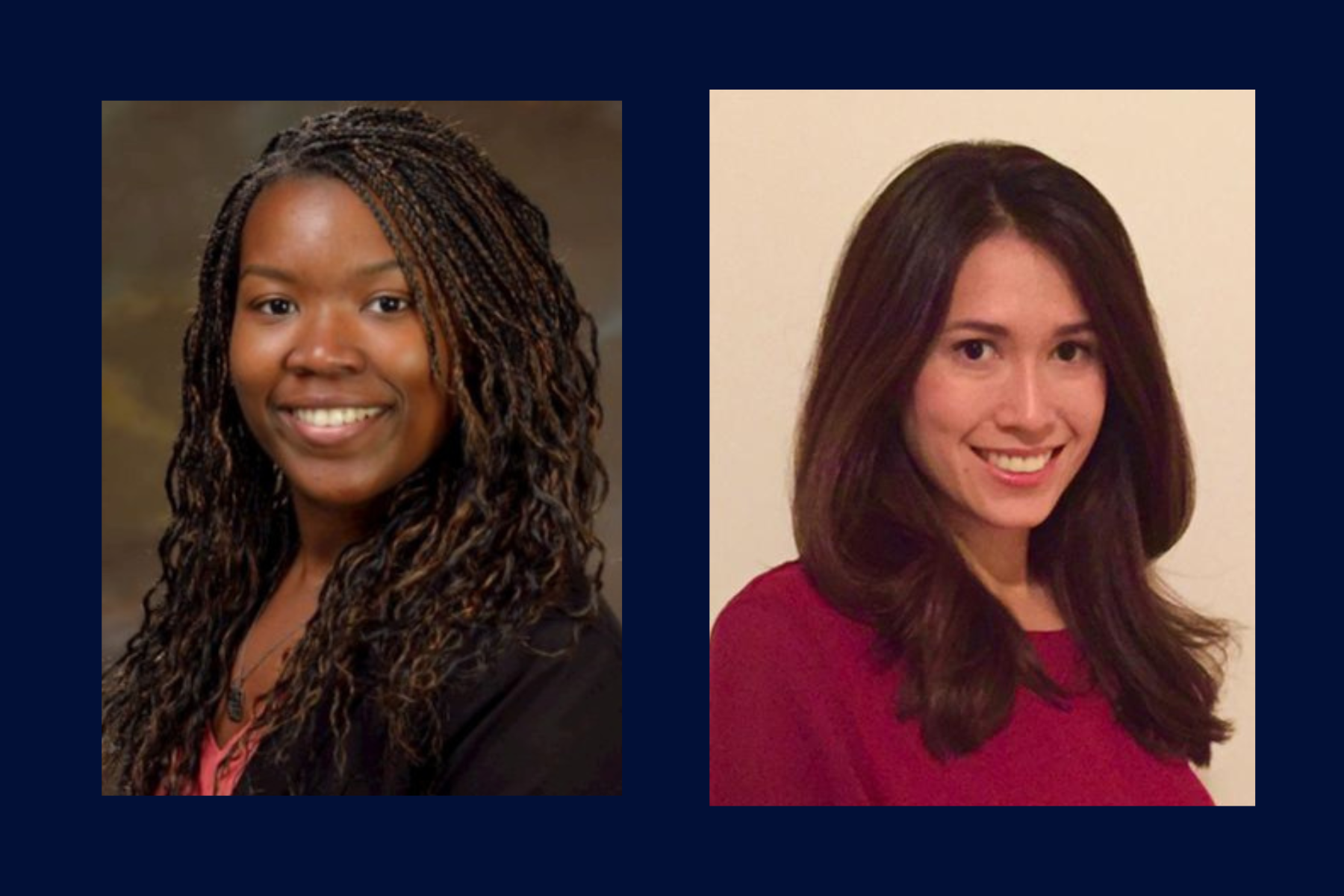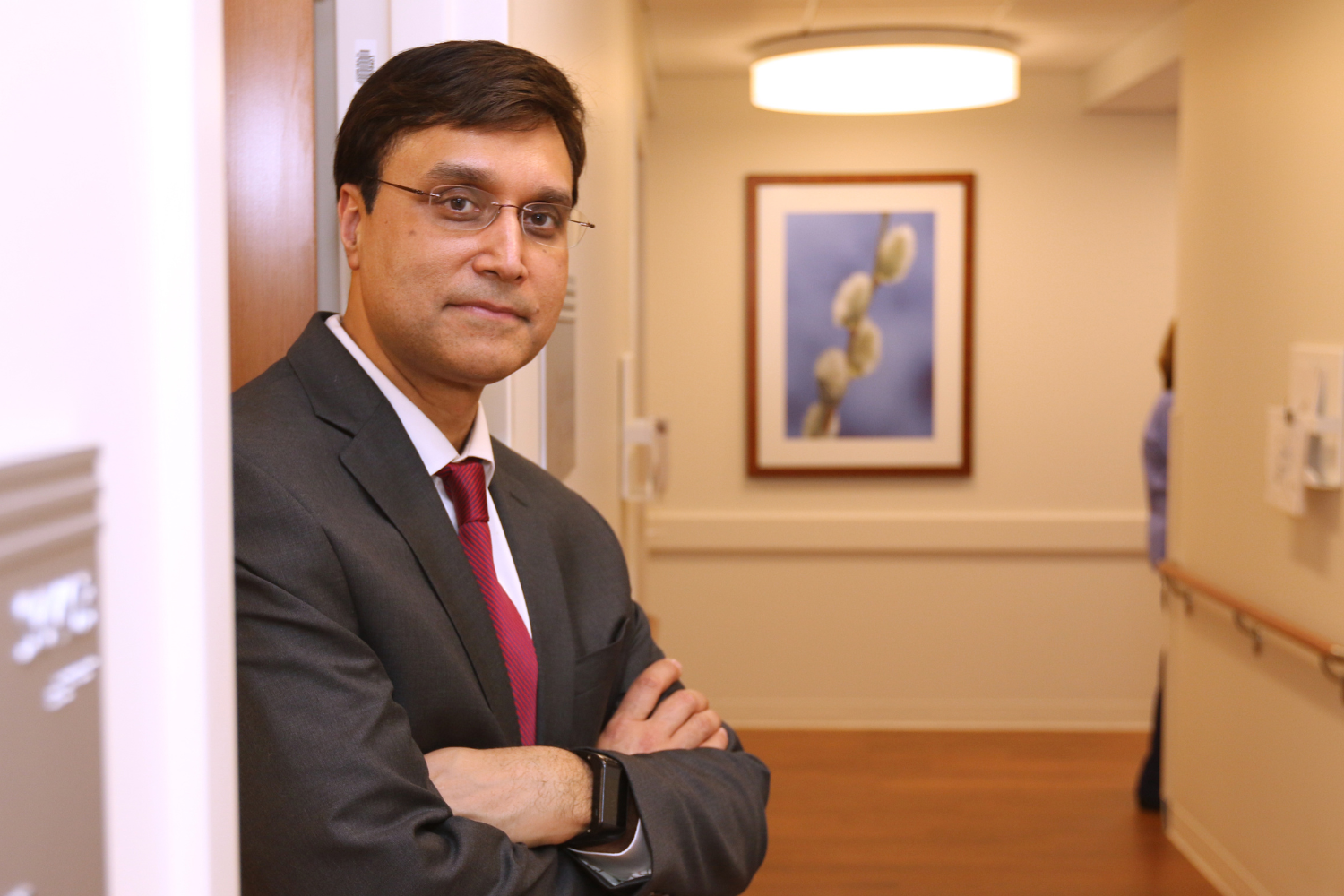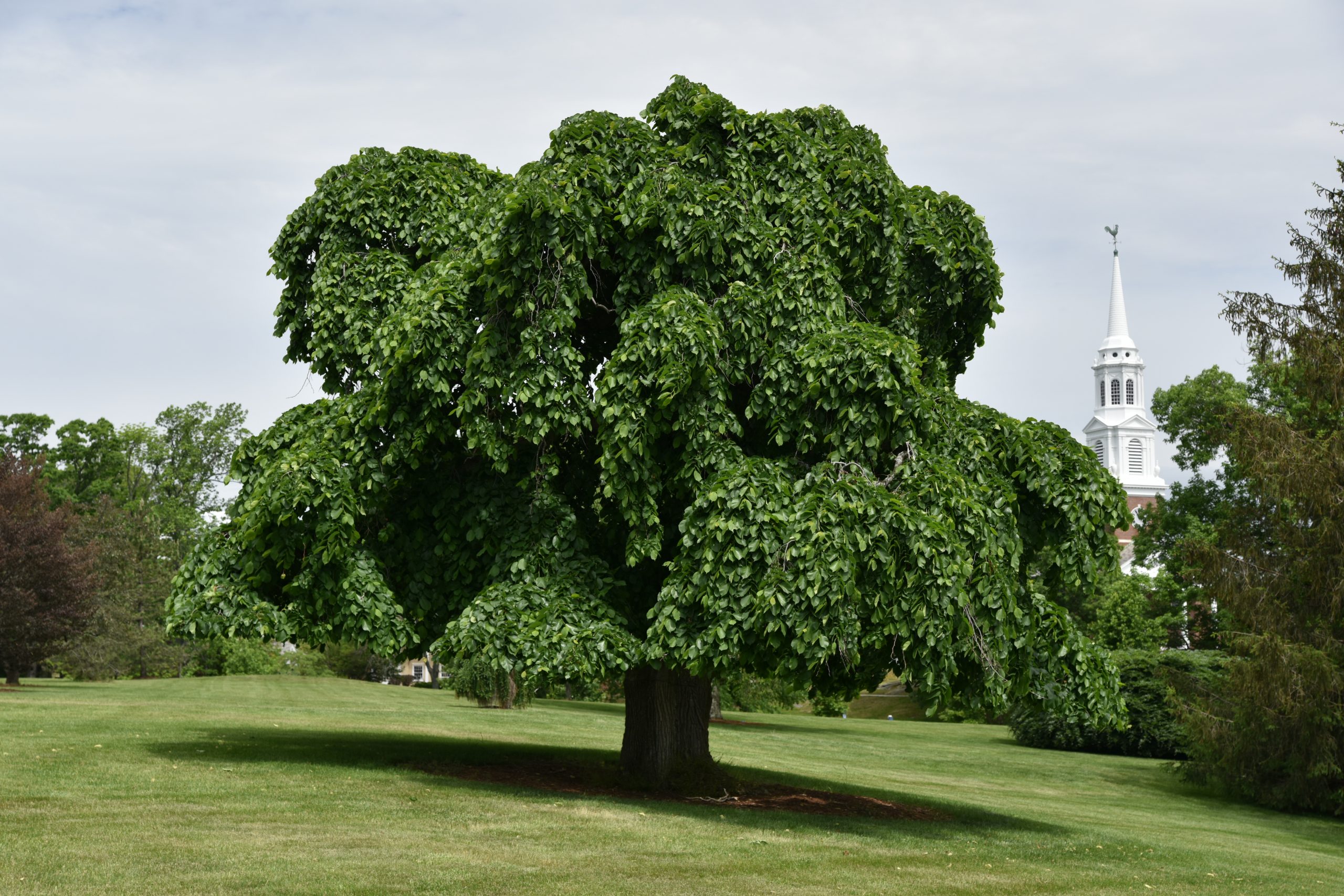As UConn School of Medicine’s class size has grown, so has its diversity.
UConn has been leading the way forward for nearly two decades with successful strides to increase underrepresented groups in medicine, especially Black Americans.
UConn School of Medicine was named by U.S. News & World Report as one of the top-10 medical schools in the nation for the diversity of its student body. Plus, in 2021 U.S. News Diversity Index ranked the UConn School of Medicine No. 26 for its diversity among all medical schools nationally. Among all public medical schools, UConn is ranked 13 out of 71 in the country for diversity.
“The Health Career Opportunity programs under the leadership of Dr. Marja Hurley have been a key initiative in diversifying the medical school student body, since more than 55% of the Black and Hispanic students who have matriculated to UConn School of Medicine came through this pipeline,” said Dr. Bruce T. Liang, dean of UConn School of Medicine and newly appointed interim CEO of UConn Health since the start of Black History Month on February 1.
Black medical students represent 11.8% of the student body, well above the longstanding national average of 6% to 7%. Further, the School’s population of underrepresented individuals in medicine has steadily grown to nearly 23%. For more than a decade, the school has maintained its overall percentage of Black students and has doubled the number of Black men enrolled.
“Diversity is incredibly important to us not only today, but also for the future as we advance medicine academically, clinically and scientifically,” said Liang. “The lack of African Americans and other underrepresented minorities choosing to enter the fields of medicine and research is a critical and longstanding national issue.”
Liang adds: “Our ongoing commitment and efforts are showing progress and we look forward to further helping curb this national issue and building a stronger, more diverse pipeline of future health care professionals.”
To learn more read UConn School of Medicine’s 50th anniversary commemorative report.



